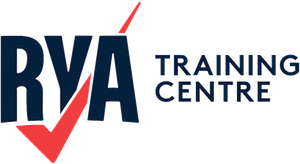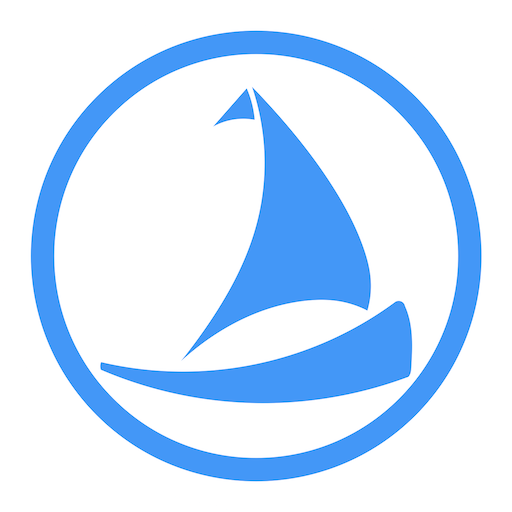Anchor
A heavy object, typically made of metal, designed to grip the seabed and hold a vessel in position.
An anchor is a crucial piece of equipment on any vessel, used to prevent the boat from drifting due to wind or currents. It works by embedding itself into the seabed, providing resistance that keeps the vessel stationary. Anchors come in various designs, each suited to different types of seabeds, such as sand, mud, or rock. The most common types include the plough anchor, which digs into the seabed, and the fluke anchor, which has broad, flat arms that bury themselves into softer ground.
When anchoring, the vessel’s crew lowers the anchor overboard, allowing it to sink to the bottom. As the anchor makes contact with the seabed, the boat is reversed slightly to ensure the anchor digs in properly. The chain or rope attached to the anchor, known as the rode, plays a key role in maintaining the anchor’s hold, as its weight helps to keep the pull on the anchor horizontal, which is essential for it to grip the seabed effectively.
Anchoring is not just about dropping the anchor; it requires careful consideration of the depth of water, the type of seabed, and the amount of rode to let out, typically a ratio of 5:1 or more, depending on conditions. Proper anchoring technique is vital for safety, especially in changing weather conditions or strong currents, as a poorly set anchor can lead to the vessel drifting, potentially causing collisions or grounding.
There are various anchors, each with different characteristics and specialities. Most vessels carry the main anchor (usually mounted on the bow roller) and a secondary or kedge anchor stored in a locker.
Main Anchor
The primary considerations when choosing an anchor are its weight-to-hold ratio and the type of seabed most likely to be experienced. Usually, the heavier the anchor, the better the hold. But this is a trade-off between carrying around the weight versus the benefit at anchor.
Larger vessels need a heavier anchor, and the worse the weather conditions, the better the hold required.
Most cruising vessels carry the main anchor permanently affixed to the bow roller and operate it using a windless. The windless lowers and raises the anchor relatively easily, enabling vessels to carry an anchor suitable for worst-case weather conditions.
Kedge Anchor
A kedge anchor is a second anchor carried. It is usually kept in a locker, often one in the cockpit. The kedge anchor can be used for many things, including setting the direction of hold by deploying to the side or at an angle to the main anchor, preventing the vessel from swinging.
Types of Anchor
Apart from the anchor itself, other components make up the system used for anchoring.
Rode
The line attaching the anchor to our boat is called the rode. When anchoring, we calculate how much rode is needed to ensure the anchor holds and the boat remains in place. The amount of rode differs depending on what makes up the rode.
Warp & Chain
Anchor warp refers to any part of the rode made of rope. Anchor chain is any part of the rode made up of chain.
Rode can comprise warp (rope), chain, or a combination of warp and chain.
Nautical Terms
Tap each hotspot to explore the term and definition of each part of an anchor.

